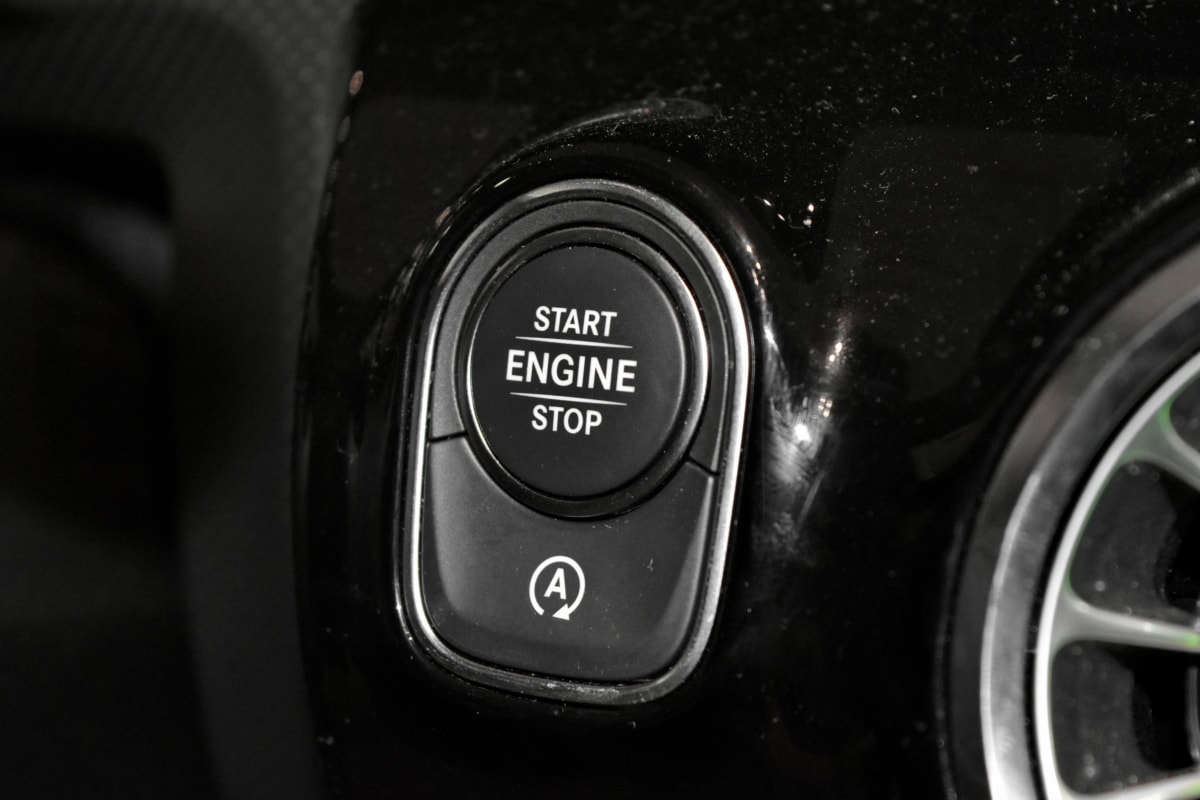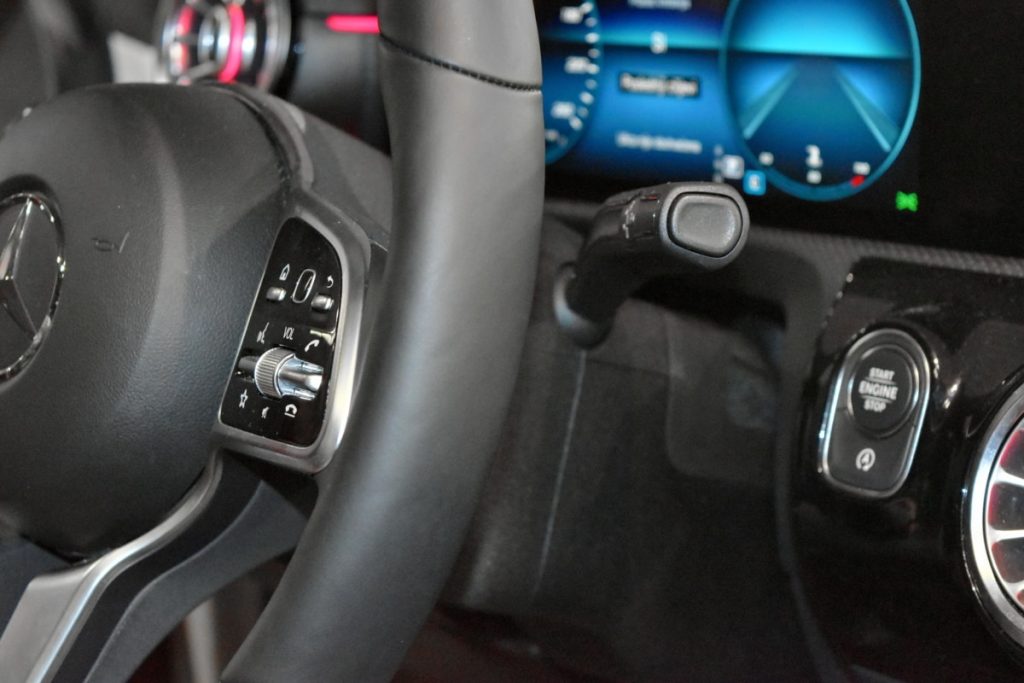Summary
– What is the electronic ignition of a car?
– How does the electronic ignition of a car work?
– Different types of electronic car ignition
Electronic car ignition has become a standard as most recent vehicles are now equipped with it. Let’s look at the differences between the electronic system and the classic one.
What is the electronic ignition of a car?
In order to improve the conventional ignition system, car manufacturers have developed an electronic device that is safer and more efficient. Recent vehicles are now equipped with electronic ignition.
Conventional ignition is carried out using a switch, commonly called a “platinum screw”. This switch is subjected to rapid reciprocating movements when the engine is running at high speed. It then transmits an electric current to the coil, which transforms the voltage of the 12 V battery when the electricity produced by the coil emits a very high voltage pulse. This voltage is produced by the energy stored in the coil’s capacitor. This produces a spark at the spark plug electrode, enabling ignition when the engine starts.
Conventional ignition has some weak points:
– a relatively long coil charging time: a bad condition of the breaker can cause a drop in the coil’s current production, which leads to recalcitrant ignition;
– the loss of performance can be due to wear of the breaker or to its bad adjustment: the intervention of a mechanic is then necessary;
– the electrical impulse emitted at ignition is not always of good quality, which causes starting problems.
How does the electronic ignition of a car work?

Electronic ignition transforms electrical energy into caloric energy, producing an immediate high power. It is no longer the ignition switch that is involved in this process since this part is no longer integrated into electronic ignition systems. The switch is replaced by a transistor called a computer, which is controlled by an electronic sensor.
Good to know: the use of a transistor improves the performance of the ignition, limits the maintenance of the ignition system, and reduces pollution.
The different types of electronic ignition systems in a car
With their own operating system, the different types of electronic ignition are the following:
– electronic ignition with capacitor discharge or capacitive discharge: the electrical energy stored in the capacitor generates a spark caused by the voltage of the coil;
– electronic ignition by magnetic detection: the electronic sensor, which replaces the switch, produces an electrical impulse when a magnet passes by;
– Integral electronic ignition: several components emit electrical signals transmitted by the ECU, which then sends power variations that produce a high electromagnetic force when the components operate. The ECU plays its role in determining the ignition point after analyzing the data.
Note: After being introduced in 1970, the electronic ignition of cars became widespread in the 1980s. All categories of vehicles (cars and motorcycles) have then integrated electronic ignition. Moreover, some collectors of old cars and motorcycles have adapted this ignition system to their vehicles of another age.
The below links might interest you as well:
– When Can a Leak Detector Be Used on a Head Gasket?
– How to Change Your Brake Fluid;
– How to Verify Braking Noises;
– How Do You Restore Car Leather;
– Are Puncture Proof Tires Any Good?
– How to Repair a Crack on a Dashboard;
– 5 Common Causes of Hydraulic Power Steering Failure;
– How to Solve a Power Steering Problem?
– Automotive Equipment: What Is the Wheel Balancer Used For;
– Ever Wonder If Your Vehicle Has a Misalignment Issue?
– The Solution to Combat Engine Fouling;
– Why Will You Remove the Catalyst Converter?




